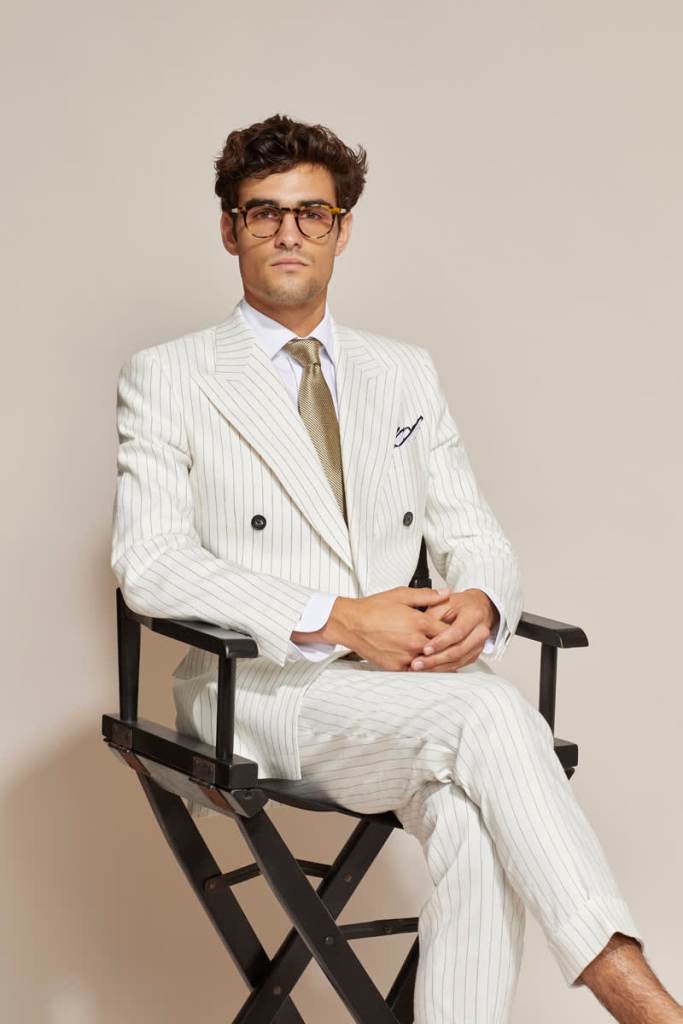The Latch have teamed up with InStitchu to bring you this epic history of men’s fashion throughout the ages.
Founded by Australians Robin McGowan and James Wakefield in 2012, InStitchu bridges the gap between old world tailoring traditions and modern digital retail, providing customers with the ability to design their own custom, made-to-measure suits and shirts in minutes online or at a Showroom.
Getting suited and booted can turn even the most lad-back of fellas into sharp go-getters ready to mingle their way through an evening cocktail party.
The suit itself has had a long history of iterations and alterations and, depending on where you find yourself in the world, can make or break an introduction, job interview, or wedding photo.
To get to the bottom of the origins and story of the modern suit, we tapped the experts at Australian custom suiting company InStitchu for their thoughts, running through the key dates and figures of the outfit. Straighten your tie, it’s time to suit up.
Origins
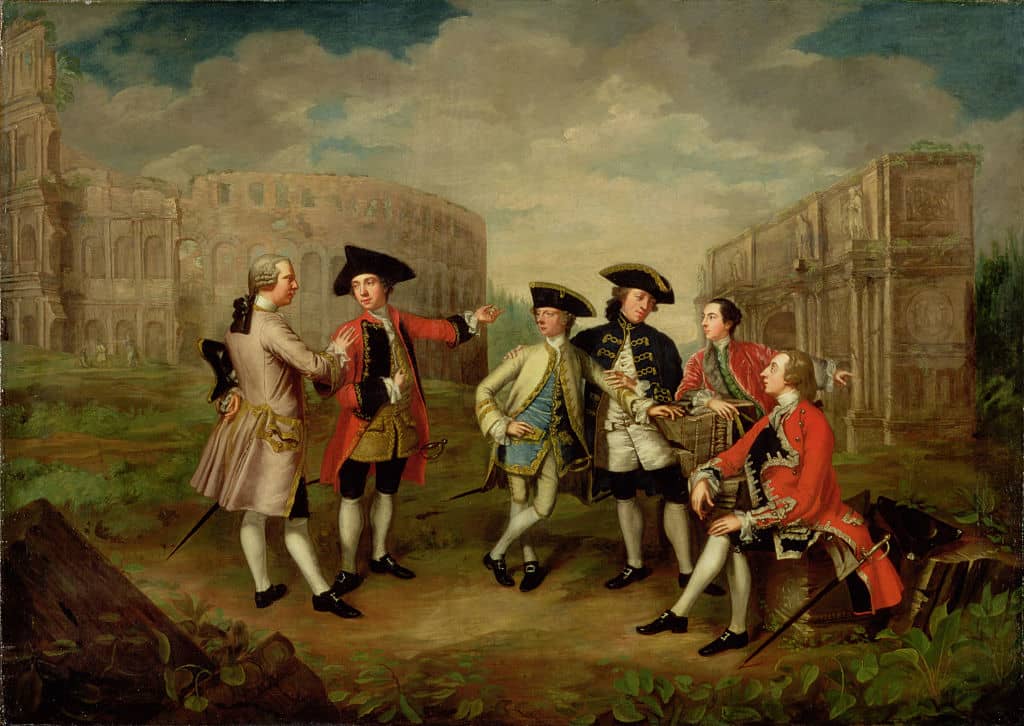
Suits are a traditional form of formal attire for men in the Western world and, for over 400 years, the iconic combination of coat, trousers, and waistcoat made from the same material have ebbed and flowed through fashion.
It all really got going thanks to one man; iconoclastic British dandy Beau Brummell. This sharp character is held as the granddaddy of the modern suit. He went well against the grain of the early 1800s and started rocking a simple coat and trousers flourished with carefully knotted neck ties.
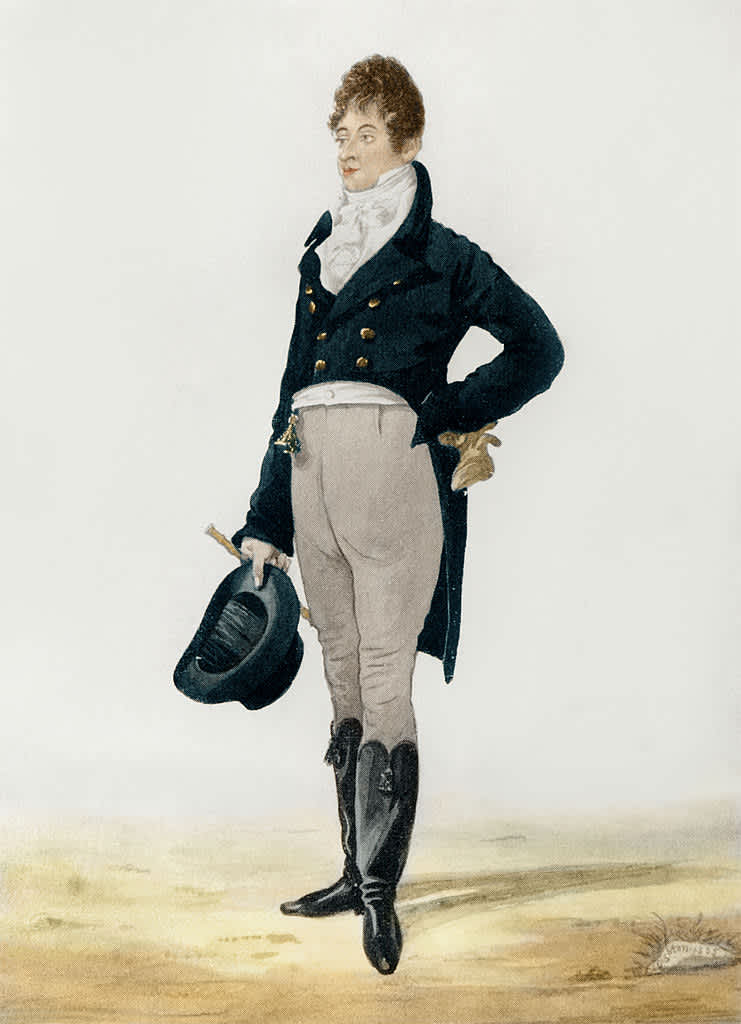
Prior to this, British fashion had been heavily influenced by the French Court, meaning psychedelic velvet fabrics with lace trimmings, knee-breeches, stockings, and powdered wigs (for God’s sake).
Thankfully Beau came along and refined the look to a more minimalist design which quickly caught on due to his close friendship with the soon-to-be King George IV and saw the men of the 1800s donning boots, pale trousers, white shirts, dark tailcoats, and cravats.
The Birth of the Suit
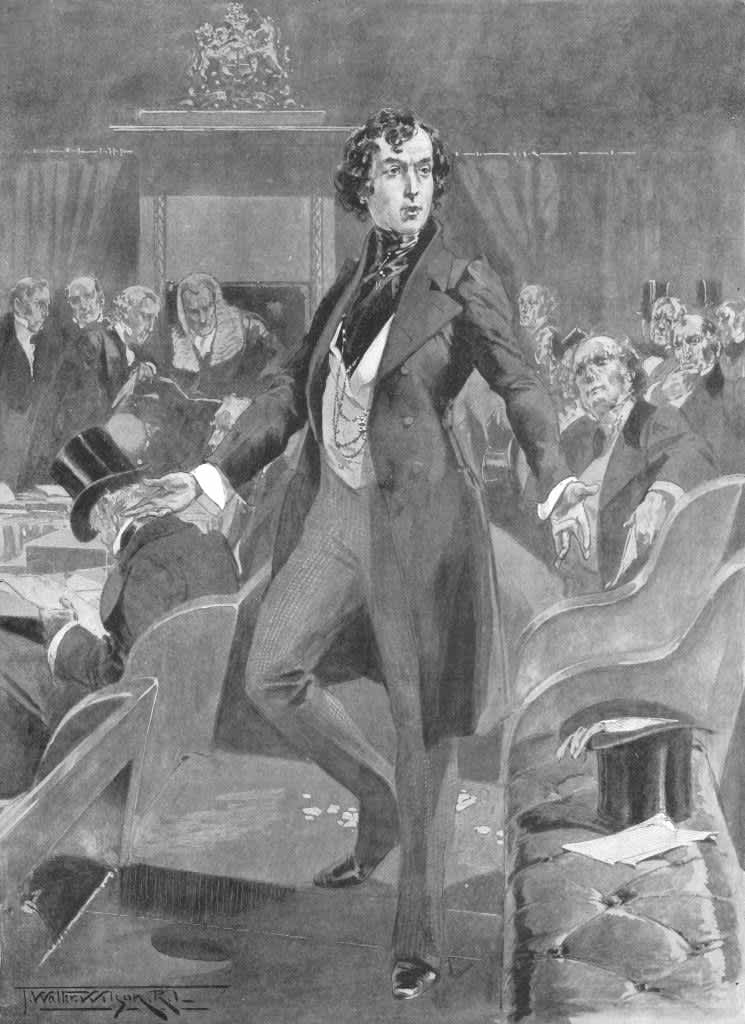
By the start of the Victorian era, a new coat was on the scene: the frock coat. Knee length and worn as an outer layer, it came in double or single breast and was pretty similar to a modern overcoat. From this, the morning coat developed which was a lighter version of the frock and only single breasted.
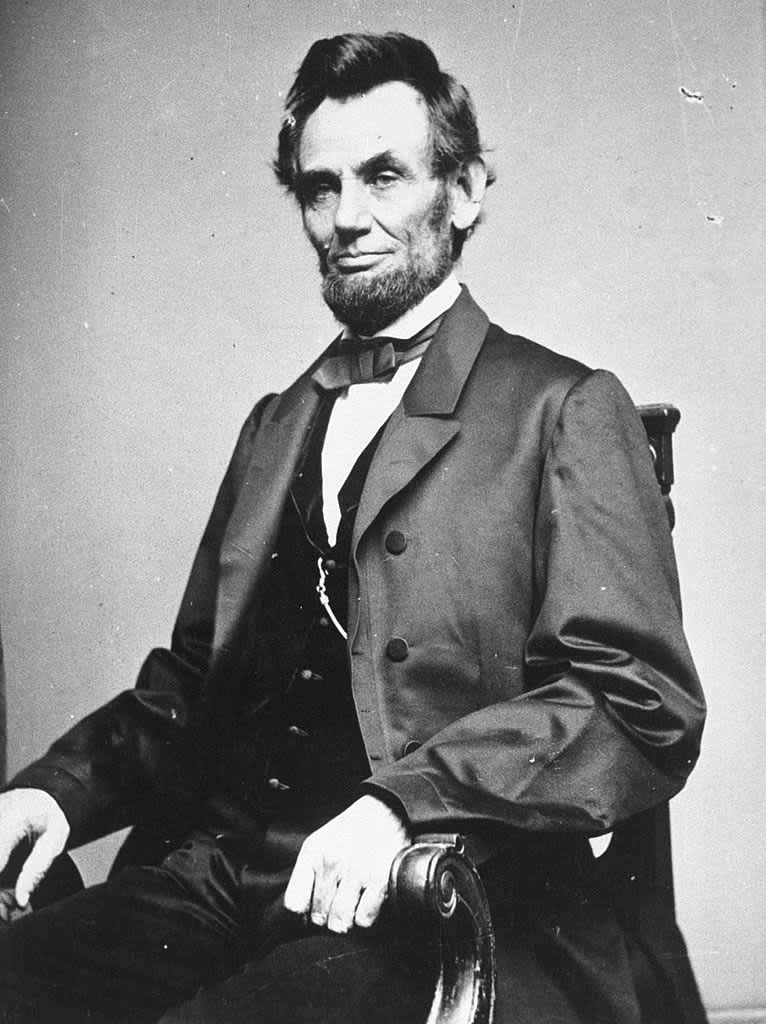
On both sides of the Atlantic, frock coats were all the rage and British fashion trends spread far and wide across the world through Britain’s imperial efforts and the rise of the newspaper.
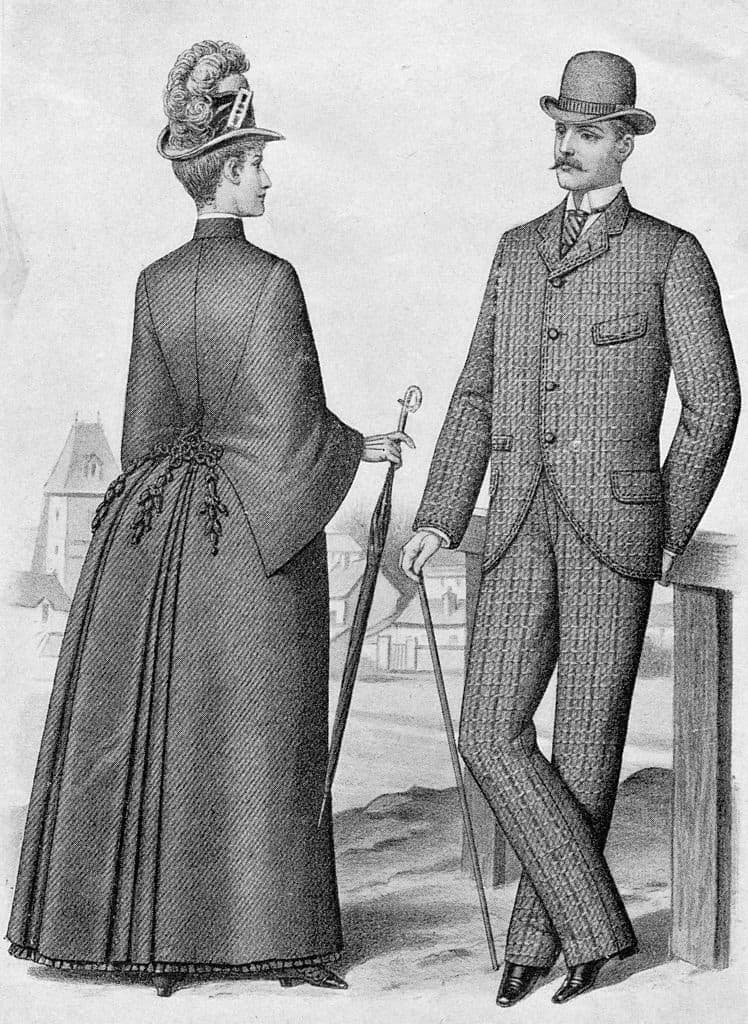
The suit didn’t begin proper however until Scottish gents developed out of these ideas what was initially referred to as the lounge suit. Made out of heavy fabric, it was designed to be casual wear, used when playing golf. The matching jacket and trousers differentiated it from the morning and frock coats, as these were always worn with contrasting colours.
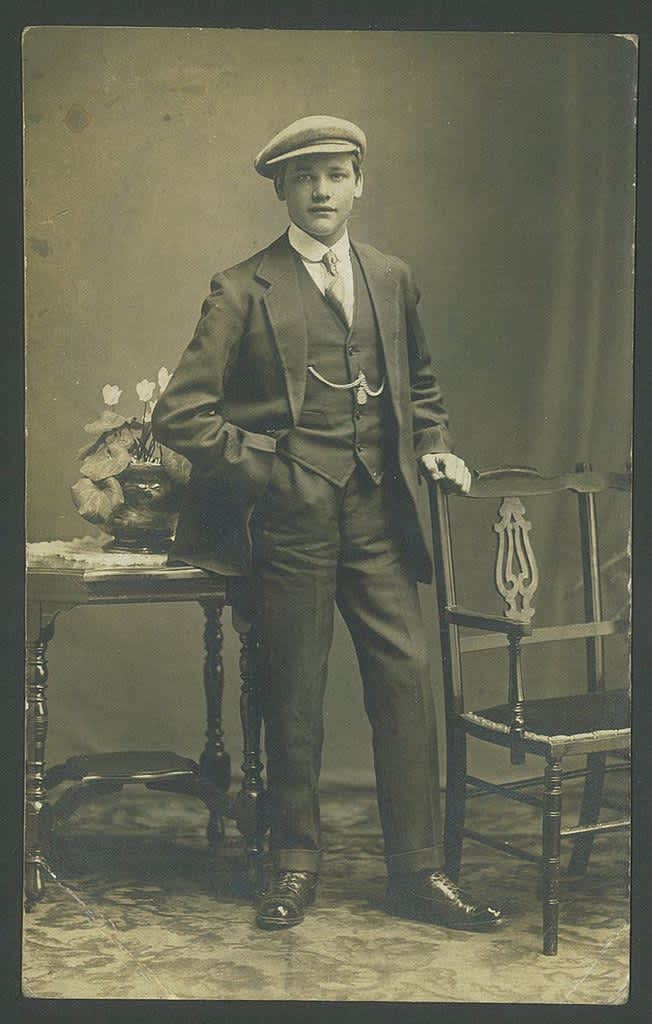
It was around the 1900s when the suit really got into its groove. Worn generally with a double breasted woolen waistcoat and finished with an overcoat – this was in the days before central heating – slim lapels and high paper collars were the go.
The Suit Dominates
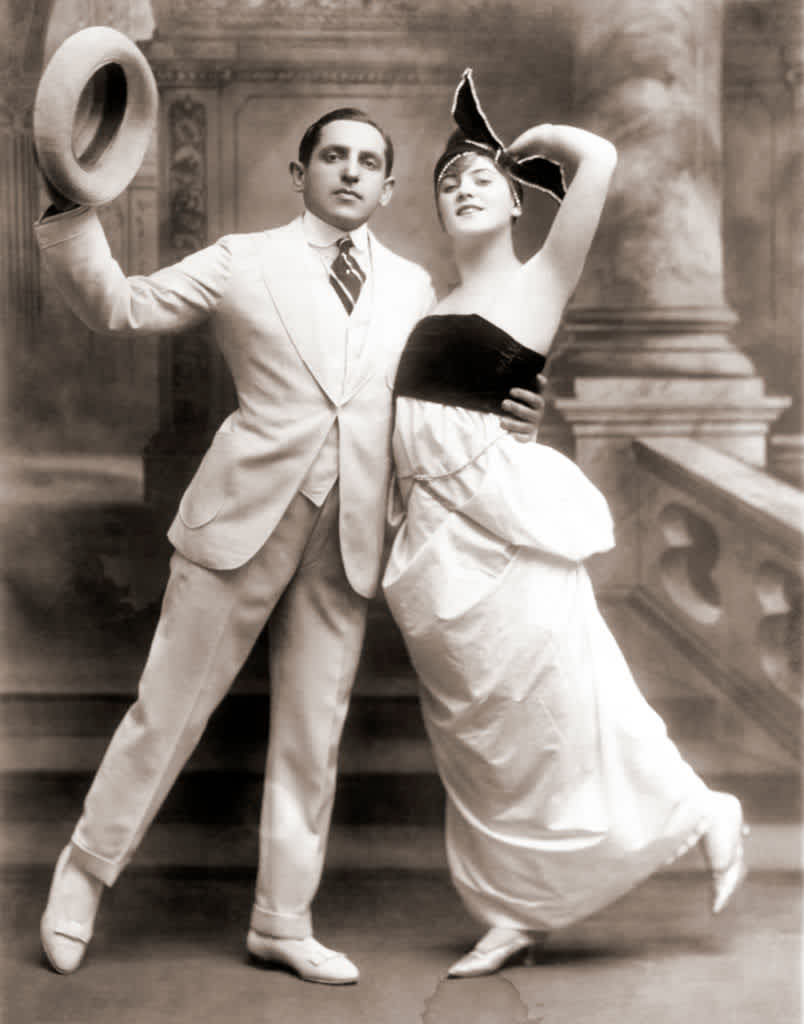
By the 1920s, the post-war era was a haven for the suit. The start of the decade saw the rise of the Jazz Suit – a slimmer, sharper cut with tighter trousers to match. This gave way to the “Oxford Bags” of the later years where trousers became roomier – a style that would continue through to the 60s. Men wore these baggier trousers rolled up at the ends which was a style imported from cricket.
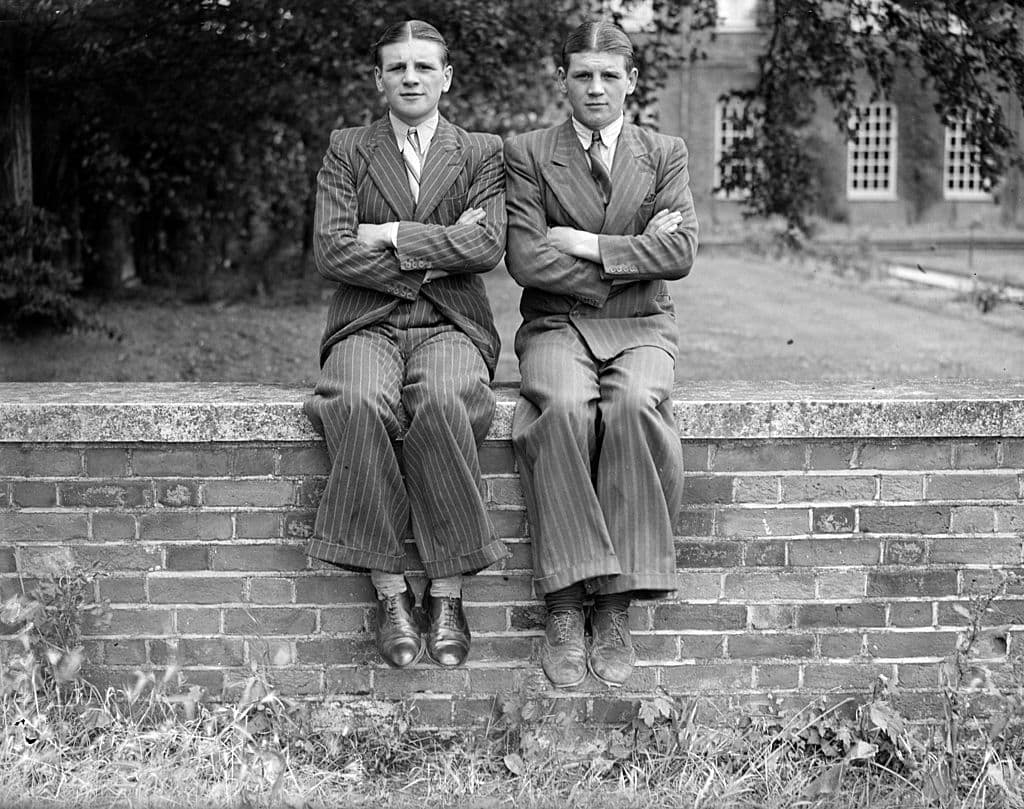
Pinstripes were the fashion here and suits were mainly grey, brown, and blue, with black being worn only in formal occasions.
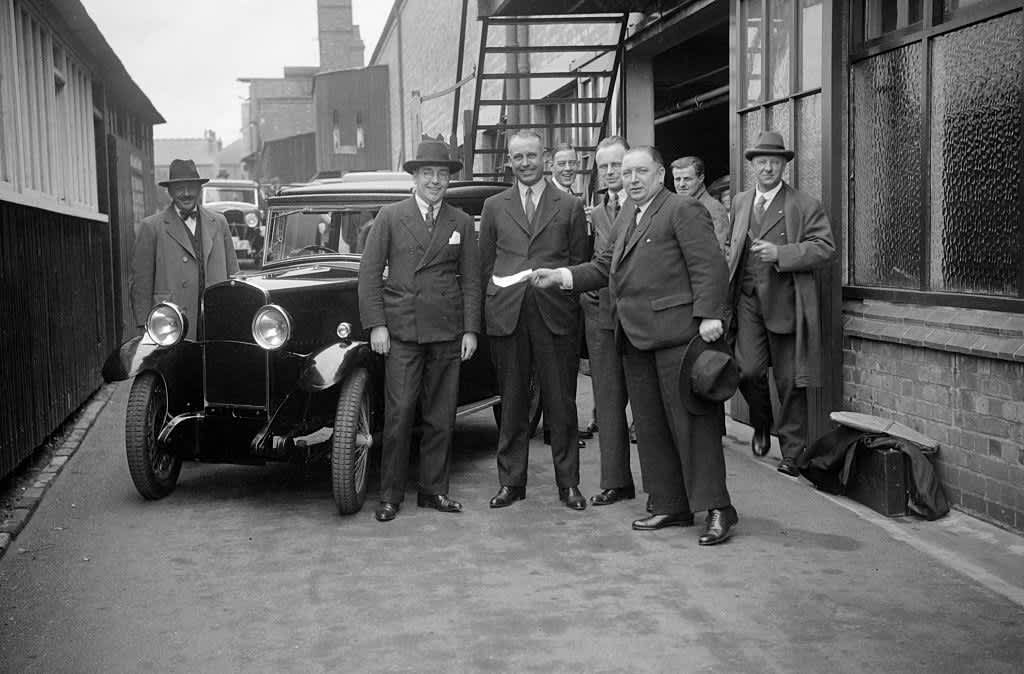
The depression in the 1930s meant suits went back to utilitarian styles. Worn with trousers ultra high, it was also the period in which the trouser pleat became popular, something we still have today.
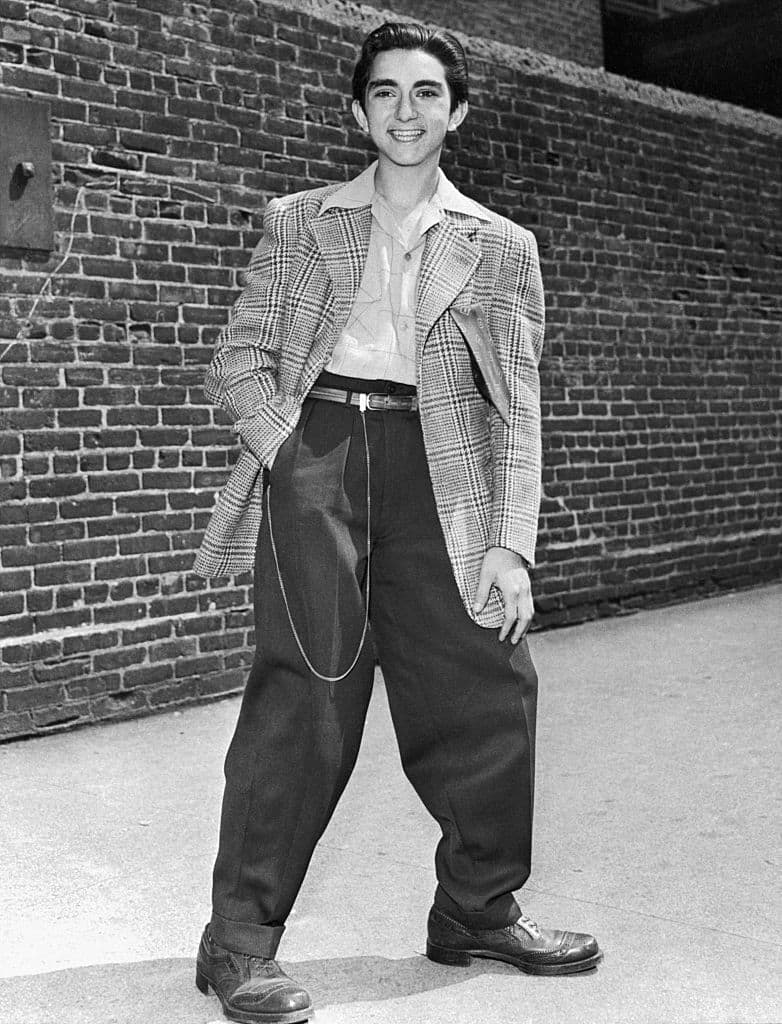
By the end of the 30s, the Zoot Suit was in fashion – a bigger, baggier suit that was meant for dancing and cam with a shorter, squared off skinny tie or no tie at all (scandalous).
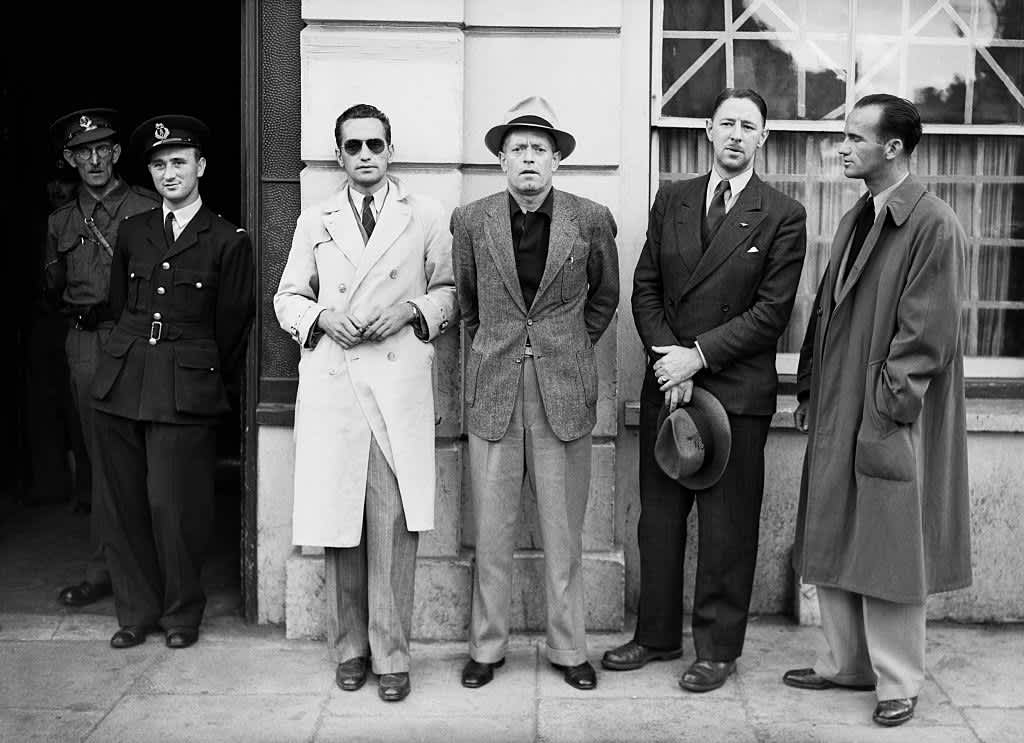
That all changed when the war hit and fabric needed to be used for military uniforms. Excessive dressing was seen as an insult to the war effort so new clothing and extra fabric was cut back. This minimalist requirement hung around after the war and suits could be worn as a two piece or three piece, depending on the occasion.
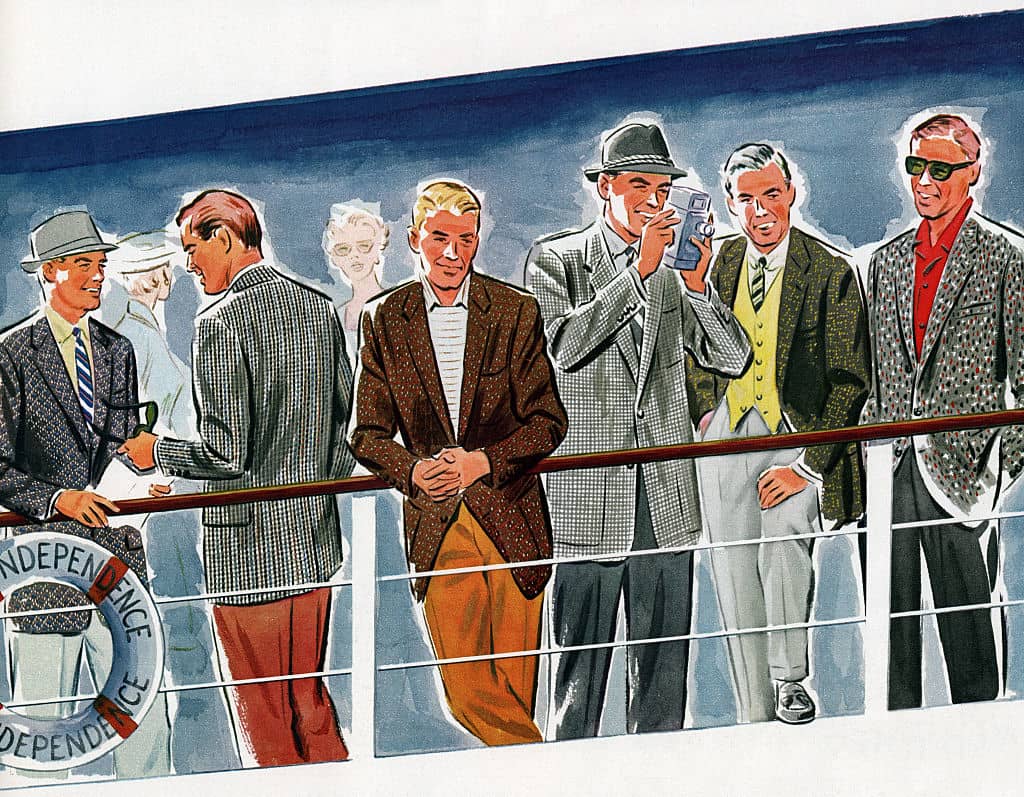
The 50s was mainly brighter single coloured suits but also saw the rise of the sports jacket which could be mixed and matched with differing patterns. Musicians and entertainers wore more extravagant pieces with cross coloured lapels and loose trousers.
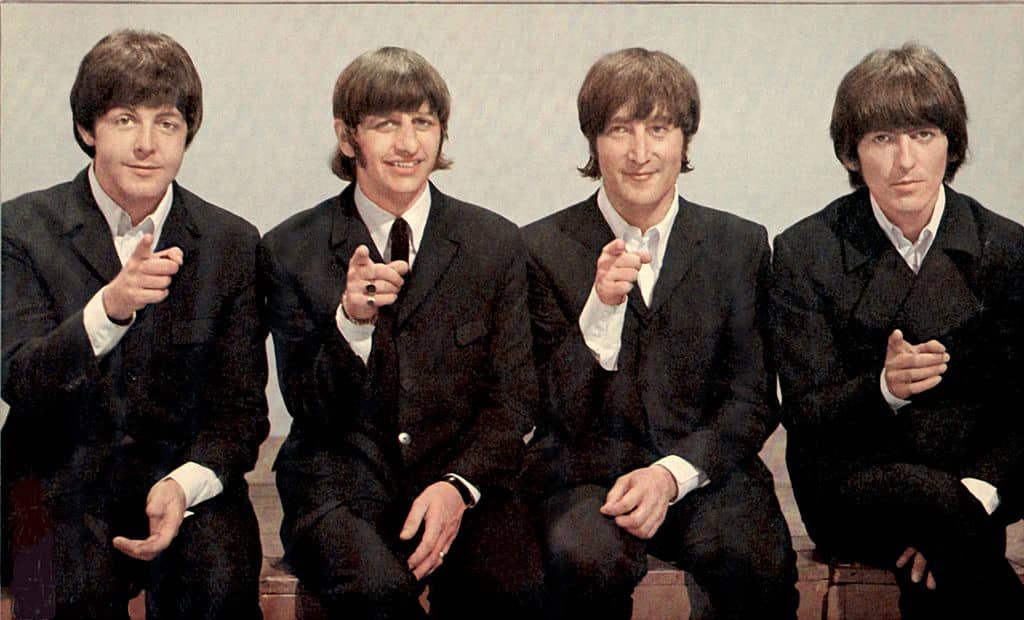
This all tightened up through the 60s as the Beatles revived the suit. By the end of the decade, as the psychedelic movement took hold, suits got more effeminate. Velvet flourishes , flares, and bright colours began to sneak in along with massive lapels.
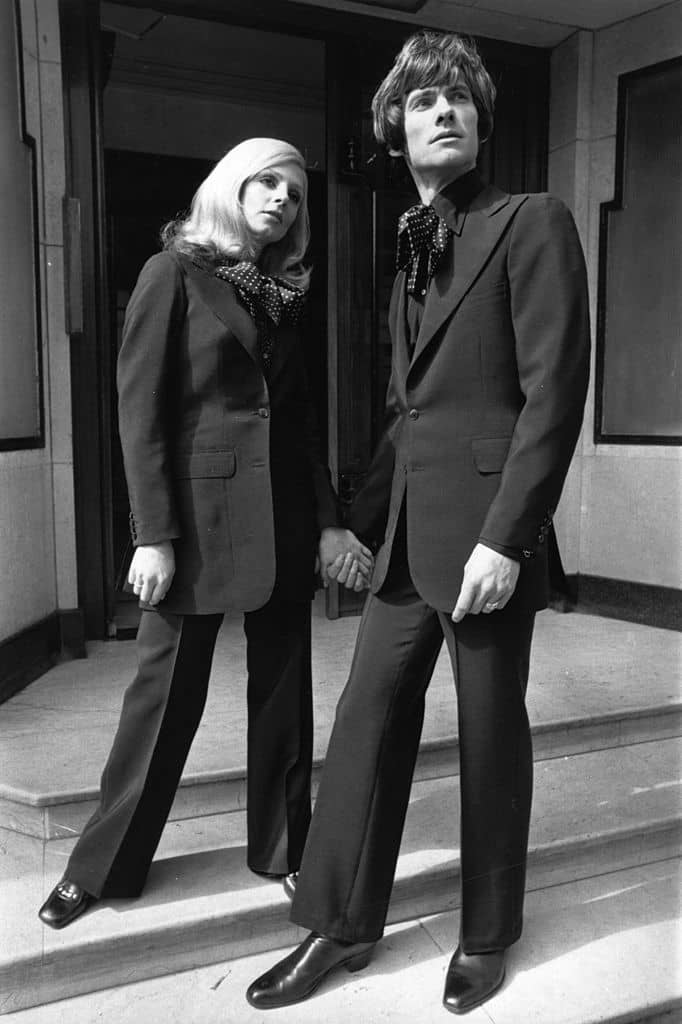
Lapels only continued to grow into ever more ridiculous proportions as the leisure suit and the disco suit rose to fashion. This was worn with wide, pointed collars ala Saturday Night Fever.
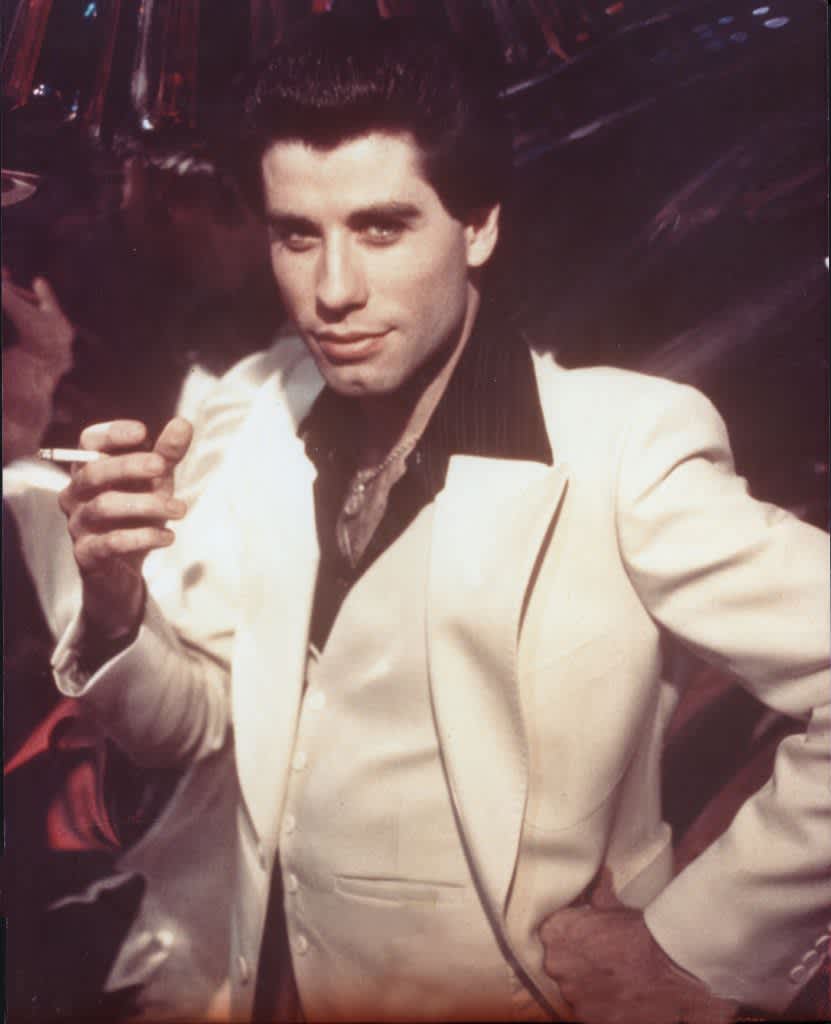
The 80s was the revival of the power suit. Pinstripes made a comeback along with massive shoulder pads and suspenders. These were what you would wear when dominating business meetings and were fetishised by Patrick Bateman in American Psycho. Interestingly, Donald Trump is a hero of the fictional Bateman and an embodiment of the money-driven 80s.
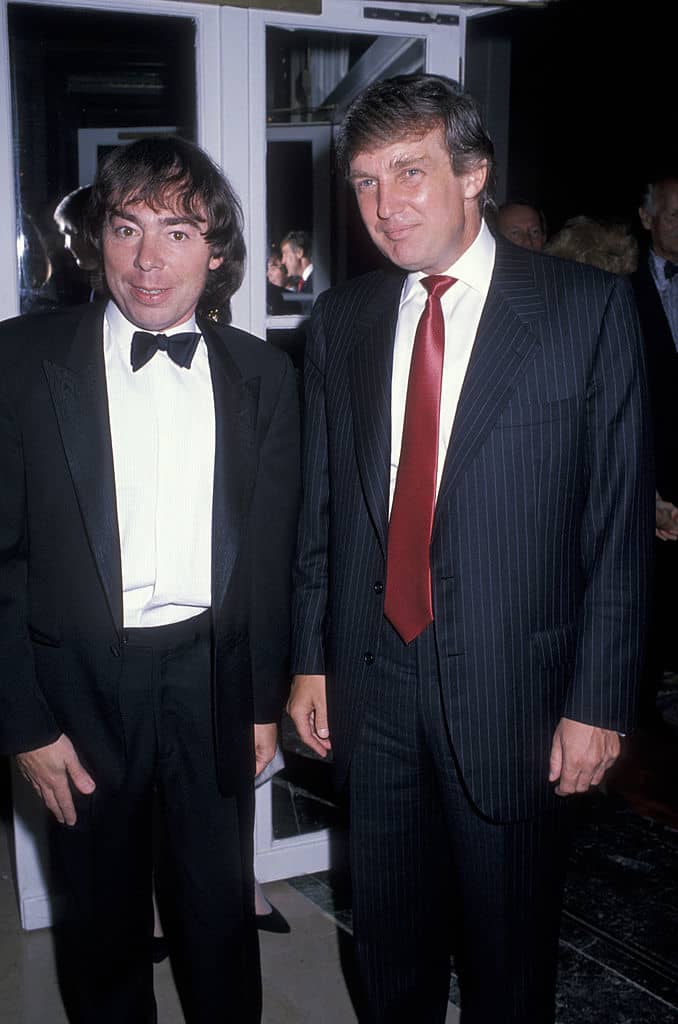
The 90s was a bad time for the suit. With grunge rock on the rise and baggy jeans coming in, the suit fell out of favour and suit jackets begun to be worn with jeans or over t-shirts. They were massive too, as the baggy 90s infiltrated everything.
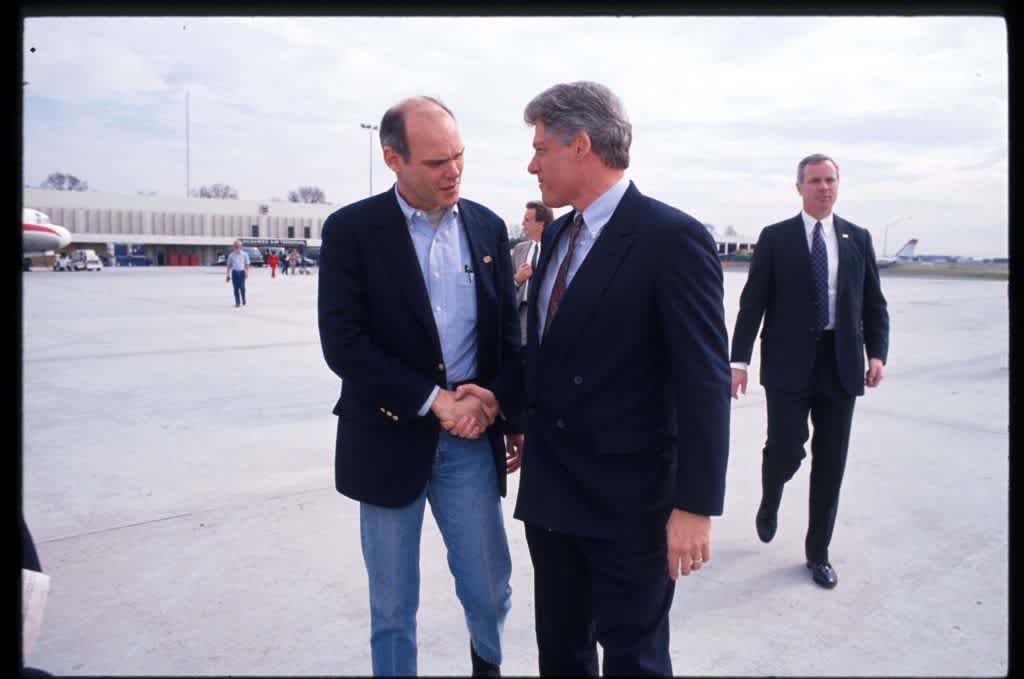
The 2000s saw a return to prominence of the suit. Slim fit became the trend, borrowing from the slick Italian style, and dressing sharp was again seen as something cool that reminded us of a more sophisticated era.
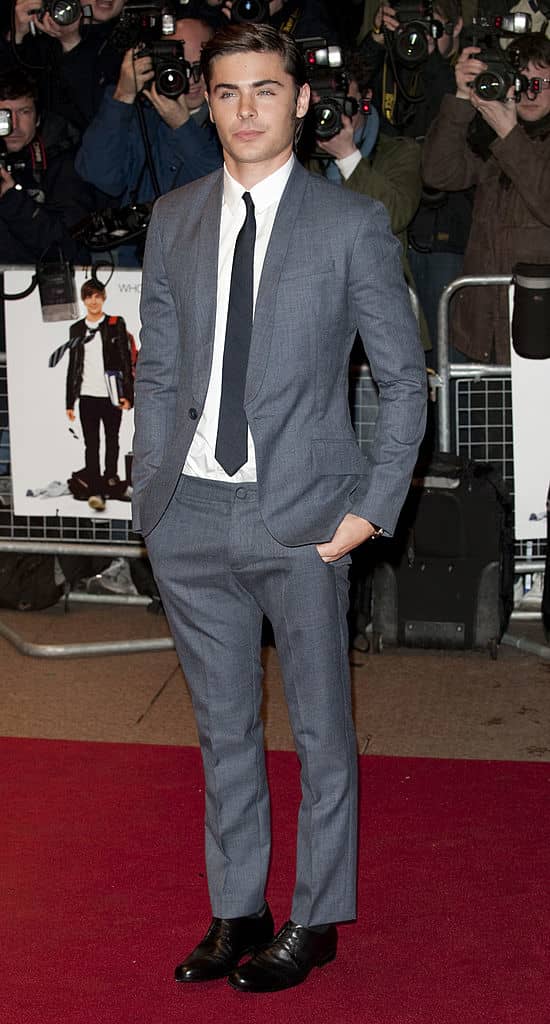
By the 2010s, Mad Men became our suit centre piece. The skinny look was still in and suit fashion was taken to a whole new level with innovations in print and influences from other cultures. It quickly became the decade in which men’s fashion took a turn for the avant-garde and men could get away with wearing pretty much what they wanted. It also revealed to us that a well made suit will never go out of style.
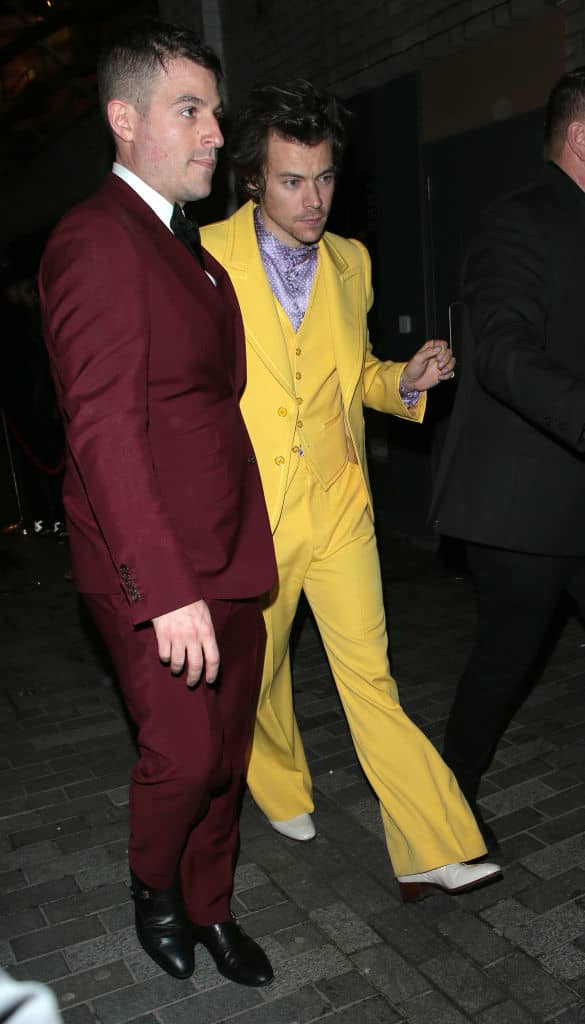
You can see InStitchu’s full custom, tailored offering and process at www.InStitchu.com


